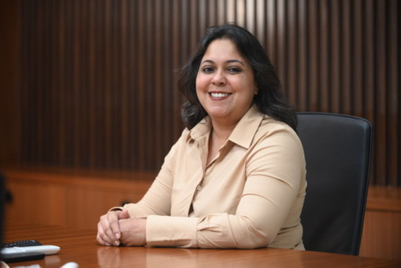
A popular digital-marketing tool is the POE (paid, owned and earned) model. It guides marketers to pay a small amount of media money to potentially generate huge amounts of organic earned media, and eventually attract people to visit the marketer’s owned assets. The framework is seductive: it promises marketers a wonderland of low-investment digital, where likes and viral videos are an everyday occurrence and serendipity is a KPI. POE is considered the norm and has impacted the digital performance expectations of many marketers.
But digital media has matured, and the POE model, while true for 2013, is no longer relevant in 2015. Today, a realistic approach would be a PPP, or paid, paid and paid model: You pay to reach large numbers of your target audience. You pay to push a few pieces of good-quality earned content created by a few inspired people. And you pay to sustain people on your owned assets. At every step of the way, you account for paid media.

Why has the model changed?
The magnitude of content online is escaping quantification. We’re becoming familiar with words like petabytes, exabytes and eventually zettabytes to define the data-size of text, videos, selfies and memes published online. The open web is wide enough for this content to be splayed across the internet—each website with its own domain—much like American suburbia.
But in the past two years, ‘The Four Horsemen’ (Amazon, Google, Facebook and Apple) have gained incredible control over the open web. Just think about it: Google defines how you find answers to questions, Facebook defines what you discover socially, the size of your iPhone screen defines how you view your content and Amazon defines what you buy.
These four admirable behemoths have the power to reach brand content to billions of people. But their inventory is limited and so they have constricted the sprawling open web into a narrow pipe through which exabytes of content must flow. In the real-estate parallel, American suburbia has become high-density Hong Kong. This is a classic case of high-demand and low-supply reconciling themselves into a seller’s market. Thus sellers like Facebook patiently explain to marketers why we need to pay for the magic pill that was once free.
Meanwhile, mirroring narrow digital inventory, peoples’ attention spans are narrowing. There’s just too much content and too little attention power. Microsoft recently released a study indicating that human attention spans have shrunk to around 8 seconds… that’s lower than that of a goldfish! We are the ‘glanceable’ content generation, with patience for no more than 140 characters.
People are hungry for content—new content. If they like it, they talk about it, but very quickly move on to the next interesting story. Content distribution platform Unruly shows that we must expect organic sharing (or the earned part of POE) to be below 10 per cent. Even Super Bowl quality content is shared at approximately 5 per cent (5 shares from every 100 views). And being the goldfish we are, this earned-media effect has a short shelf life of three weeks.
And so it is that paid content is required by most brands to reach more people with greater frequency, breaking through not only the clutter, but also that shrinking window of consumer attention.
In a PPP world, how should we plan for content?
Not all marketers can afford to pay for everything all of the time. I propose a framework that pays for emotion, pays for conversation, and pays for rational enquiry, in amounts and schedules practically suited for today’s digital media environment.
- Pay heavily for brand stories that appeal to human emotion. This is typically once or twice a year on ‘blockbuster’ pieces of content—usually video.
- Earn talkability when people create conversations about how you made them feel—pay to surface high quality conversations through social/native display.
- Own the answers to enquiries people will make as they think more about your brand; pay for sustained SEO and SEM.
Volvo Trucks 'Epic splits" was a great piece of content that awed and entertained us. It also got a few of us talking, but the real intent was to educate a small audience about the company's amazing dual-clutch technology.
So much has changed since Apple’s 1984 Macintosh ad, but much has remained just the same. Stunning creative and efficient paid media still create maximum impact. 1984 was an ‘insanely great’ piece of content, backed with clever paid media at the Super Bowl (and contrary to myth, further airings). It was also one of those rare, serendipitous examples of the magic pill of free earned media. For here we are, over 30 years later, still talking about it.
Triveni Rajagopal is digital marketing lead for foods at Unilever SEAA. The views expressed in this article are her own and don't reflect those of Unilever.


.jpg&h=334&w=500&q=100&v=20250320&c=1)


.png&h=334&w=500&q=100&v=20250320&c=1)




.png&h=334&w=500&q=100&v=20250320&c=1)





.png&h=268&w=401&q=100&v=20250320&c=1)


